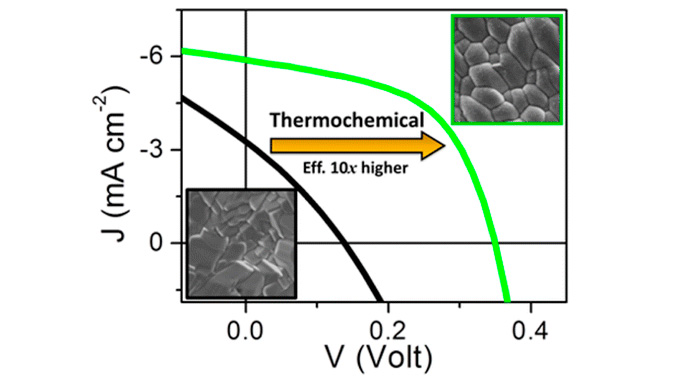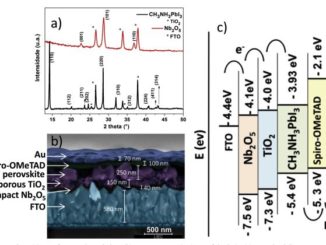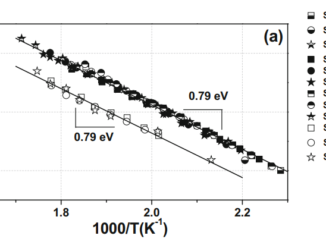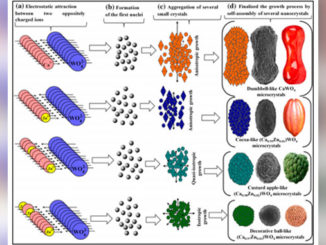
Writers: Lucas, FWD; Welch, AW; Baranowski, LL; Dippo, PC; Hempel, H; Unold, T; Eichberger, R; Blank, B; Rau, U; Mascaro, LH
Keywords: photovoltaic absorber; thin films; photoluminescence; solar cell
Abstract: CuSbS2 is a promising nontoxic and earth-abundant photovoltaic absorber that is chemically simpler than the widely studied Cu2ZnSnS4. However, CuSbS2 photovoltaic (PV) devices currently have relatively low efficiency and poor reproducibility, often due to suboptimal material quality and insufficient optoelectronic properties. To address these issues, here we develop a thermochemical treatment (TT) for CuSbS2 thin films, which consists of annealing in Sb2S3vapor followed by a selective KOH surface chemical etch. The annealed CuSbS2 films show improved structural quality and optoelectronic properties, such as stronger band-edge photoluminescence and longer photoexcited carrier lifetime. These improvements also lead to more reproducible CuSbS2 PV devices, with performance currently limited by a large cliff-type interface band offset with CdS contact. Overall, these results point to the potential avenues to further increase the performance of CuSbS2 thin film solar cell, and the findings can be transferred to other thin film photovoltaic technologies.




